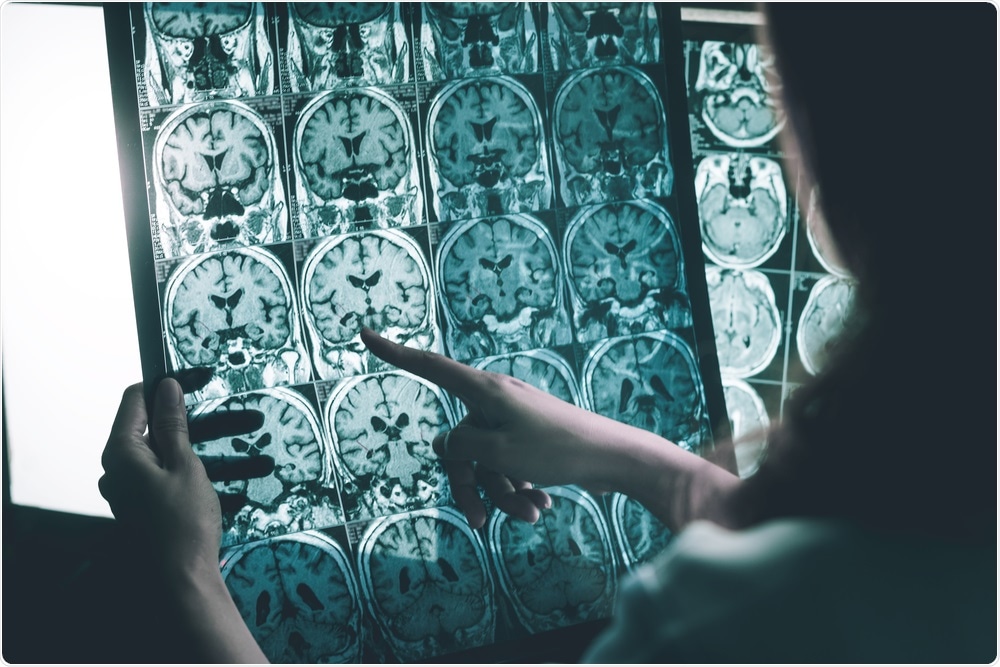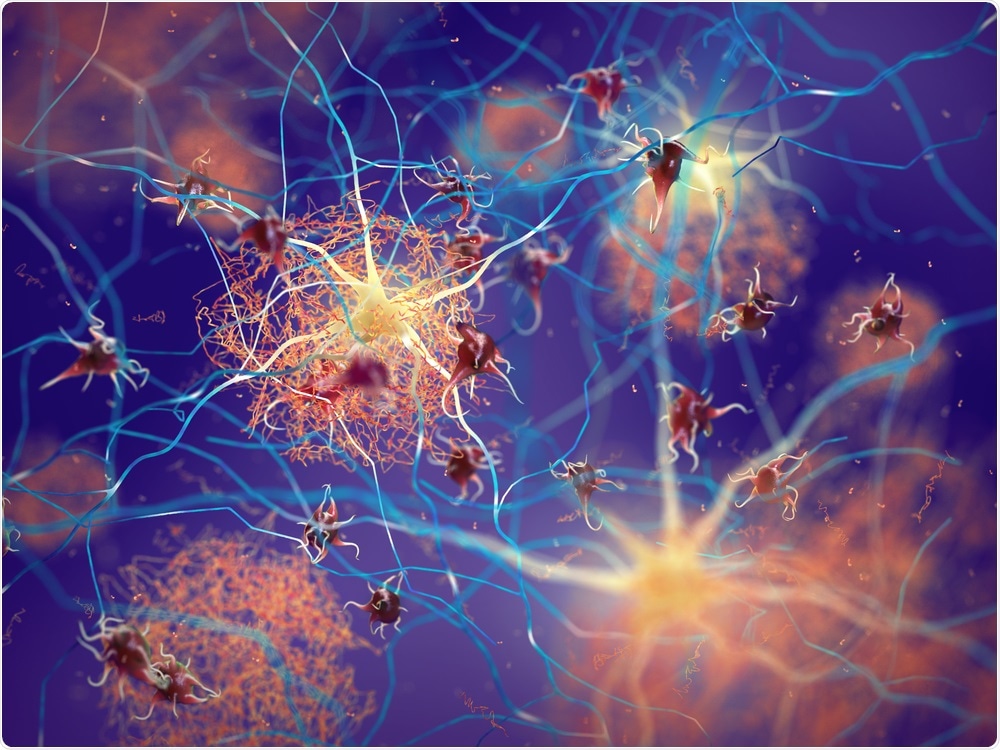In this interview, AZoLifeSciences speaks to researchers from Tianjin Medical University about their latest research that led to the discovery of two new genes that are linked to Alzheimer's disease.
What provoked your research into Alzheimer’s?
Alzheimer’s disease (AD) is a progressive and irreversible neurodegenerative disorder and the most cause of dementia among the elderly, accounting for an estimated 70% of cases worldwide. Nearly 10% of people aged >65 years will have AD and this figure rises to 32% in those aged >85 years.
Along with the coming of an aging society, more and more aged people will suffer from AD. Therefore, understanding the pathogenesis of AD and identifying the potential treatments for AD are urgently needed.

Alzheimer's Disease. Image Credit: Atthapon Raksthaput/Shutterstock.com
In Alzheimer’s disease, why is the hippocampus one of the first regions to sustain damage?
In addition to genetic variation, the human hippocampus is vulnerable to various stresses, such as hypoxia and social stress, which may result in the early damage of the hippocampus in AD. The potential mechanism is from stress to epigenetic change to gene expression to hippocampus.
What genes have already been linked to Alzheimer’s disease, and what role do they play in its progression?
Many genes such as APOE, PICAM, CLU, CD33, and CR1 have been associated with late-onset AD (LOAD), and subsequent experimental studies have revealed several pathogenic mechanisms of this disorder.
Why do the neurobiological pathways of Alzheimer’s disease remain largely unknown?
Most of the LOAD-related genes are discovered by genome-wide association studies (GWASs), however, few studies directly interrogated the association between tissue-specific gene expression and LOAD due to the limit of specimen availability and cost.
These studies can not only identify new genes associated with LOAD but also provide important clues about the neurobiological pathways of LOAD.
Can you describe how you carried out your latest research into genes that are linked to Alzheimer’s?
We first studied the relationship between each single nucleotide polymorphism (SNP) and hippocampal gene expression using genome sequencing data and hippocampal tissue RNA-seq data from GTEx. Based on SNP-expression associations and SNP-AD associations from GWASs, we performed a transcriptome-wide association study (TWAS) to identify genes whose predicted expression in hippocampal tissue is associated with AD.
We then performed fine-mapping to prioritize these genes and determined the tissue-specificity of these associations. The identified genes were functionally annotated by network topology-based analysis, statistical over-representation test, and hippocampal-based functional module detection.
We finally validated these genes in ADNI data and established the pathway from hippocampal gene expression to hippocampal volume to AD.

Amyloid Plaque. Image Credit: nobeastsofierce/Shutterstock.com
What did you discover?
We identified 24 genes whose expression in hippocampal tissue is associated with AD, including APOE and two novel genes (PTPN9 and PCDHA4). These genes are related to amyloid-beta formation, neuronal apoptosis, neurogenesis, and telomerase-related processes.
The hippocampal expression of QPCTL and ERCC2 differed between AD patients and controls and were correlated with hippocampal volume, which mediated the effect of hippocampal gene expression on AD.
Do you believe that your research will help us to further understand the genetic causes behind Alzheimer’s disease?
Yes, we believe that the identified two novel genes (PTPN9 and PCDHA4) will provide a further understanding of the genetic causes behind Alzheimer’s disease. Since both PTPN9 and PCDHA4 show tissue-specific association with AD and are involved in nervous system development, the abnormal expression of these genes in hippocampal tissue resulted from genetic variation may compromise the hippocampal development, and thus raise the risk of AD.
What are the next steps in your research?
In the future, we will use a gene-editing technique to confirm the causal relationship between the expression of these two new genes and AD. Then, we need to identify the causal genetic variants and epigenetic changes that are associated with the abnormal expression of these genes.
Neuroscience technologies will be used to clarify the impact of abnormal expression of these genes on the downstream molecular and cellular events in the hippocampus as well as their association with AD. Finally, we will explore the potential therapeutic strategies that can alleviate hippocampal damage in AD.
Where can readers find more information?
Many studies make contributions to explore the mechanisms of Alzheimer's disease. The Alzheimer's Disease Neuroimaging Initiative (ADNI) is a comprehensive imaging genetics dataset containing genetic, neuroimaging, biochemical, and clinical data.
The National Institute on Aging Genetics of Alzheimer's Disease Data Storage Site (NIAGADS, https://www.niagads.org/) deposits genetics data for Alzheimer's Disease.
The paper can also be found here: http://journals.plos.org/plosgenetics/article?id=10.1371/journal.pgen.1009363
About Chunshui Yu
Chunshui Yu, the associate president of Tianjin Medical University, is in charge of this study. He is interested in discovering novel genetic and environmental determinants of brain structure and function as well as major brain disorders.
He is the leader of the Chinese imaging genetics (CHIMGEN) study, the current largest comprehensive dataset (n=7306) of non-Caucasians including genome, exposome, neuroimaging, and behavioral data.
About Nana Liu
Nana Liu is a Ph.D. student of Tianjin Medical University and is the principal investigator of the current study. She is interested in the investigation of genetic influence on imaging phenotypes of the hippocampus as well as its association with AD.